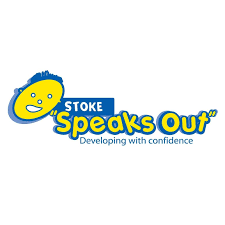How to make sure children and young people with specialist speech, language and communication needs are identified early and effectively
You haven't selected an area yet so you will only see core resources from across the UK. Select your local area from the home page
The resources here will help you reach the outcome: "I know how to make sure children with specialist speech, language and communication needs are identified early and effectively."
Click the star icon ![]() next to the items you want to save and view them in your pathway
next to the items you want to save and view them in your pathway
What are the signs of DLD?
Leaflet outlining 10 key signs that indicate a child may have DLD.
Cost: Free
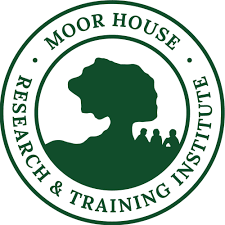

TCT Building a Profile
This document has been designed to guide you in making a referral to speech and language services. Being aware of the different types of speech, language and communication needs (SLCN) will make it easier for you to describe the child's difficulties accurately, enabling them to access the right support as quickly as possible.
Cost: Free
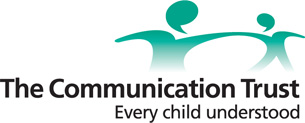


Worcestershire Identifying SLCN
Identifying SLCN can be problematic for many reasons: children may have other difficulties as well as SLCN, they may have a wide and complex range of needs and therefore there can be co-occurrence with other labels and diagnoses. SLCN is often considered to be a 'hidden disability'. Some aspects of SLCN are more visible than others, particularly those associated with speech and sounds. Others are less so, for example the child who is experiencing difficulties understanding or using language may appear to be inattentive, passive or even rude. There are children who become very skilled at hiding their difficulties, e.g. by watching other people so they know what to do or by pretending they know when they don't. SLCN may be missed altogether or masked by these other characteristics. Here you will find information to support you to identify SLCN.
Cost: Free


TCT Making Effective Referrals
This guidance document can help you to use a systematic approach to decision making, making it easier for you to refer a child you support at the right time, with the right information.
Cost: Free


Enquiry Line
The Speech and Language UK Enquiry Service gives parents a chance to discuss questions or concerns about their child’s speech, language and communication development with one of Speech and Language UK’s speech and language therapists. The therapists can give helpful information about children’s talking and communication development as well as tips on improving these skills. They can also offer advice on ages and stages and what can be done to help the child get the right support.
Cost: Free




Afasic
Afasic supports parents and carers with young children who have difficulties with listening, talking and understanding others. Here is information for you use and to share with families of the children you support. It includes a wide range of information about talking, listening and understanding and what might cause these difficulties. If families are worried that their child is not talking or not saying as much as other children of their age, they can contact Afasic by telephone or email to speak to someone who can help.
Cost: Free




RADLD
Developmental Language Disorder (DLD) is diagnosed when children struggle to develop language, resulting in children who have difficulty understanding what people say to them, and struggle to articulate their ideas and feelings. This website provides you with information and resources to help identify and support children with DLD. Information can also be shared with families and carers of children with DLD.
Cost: Free





Nuffield Dyspraxia Programme
The Nuffield Dyspraxia Programme is a flexible, comprehensive assessment and therapy resource for the management of severe speech disorders. It comprises an extensive treatment package, including therapy principles and techniques and a large set of images, worksheets and activities.
Cost: Free
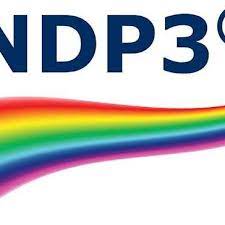


Engage with Developmental Language Disorder
Engage with Developmental Language Disorder (E-DLD) connects people affected by DLD to academic research. E-DLD keep families and individuals updated on research findings; current research projects; DLD-related activities. They also host events, allowing members to meet and share experiences. E-DLD supports researchers and other professionals working to improve outcomes for people with DLD.
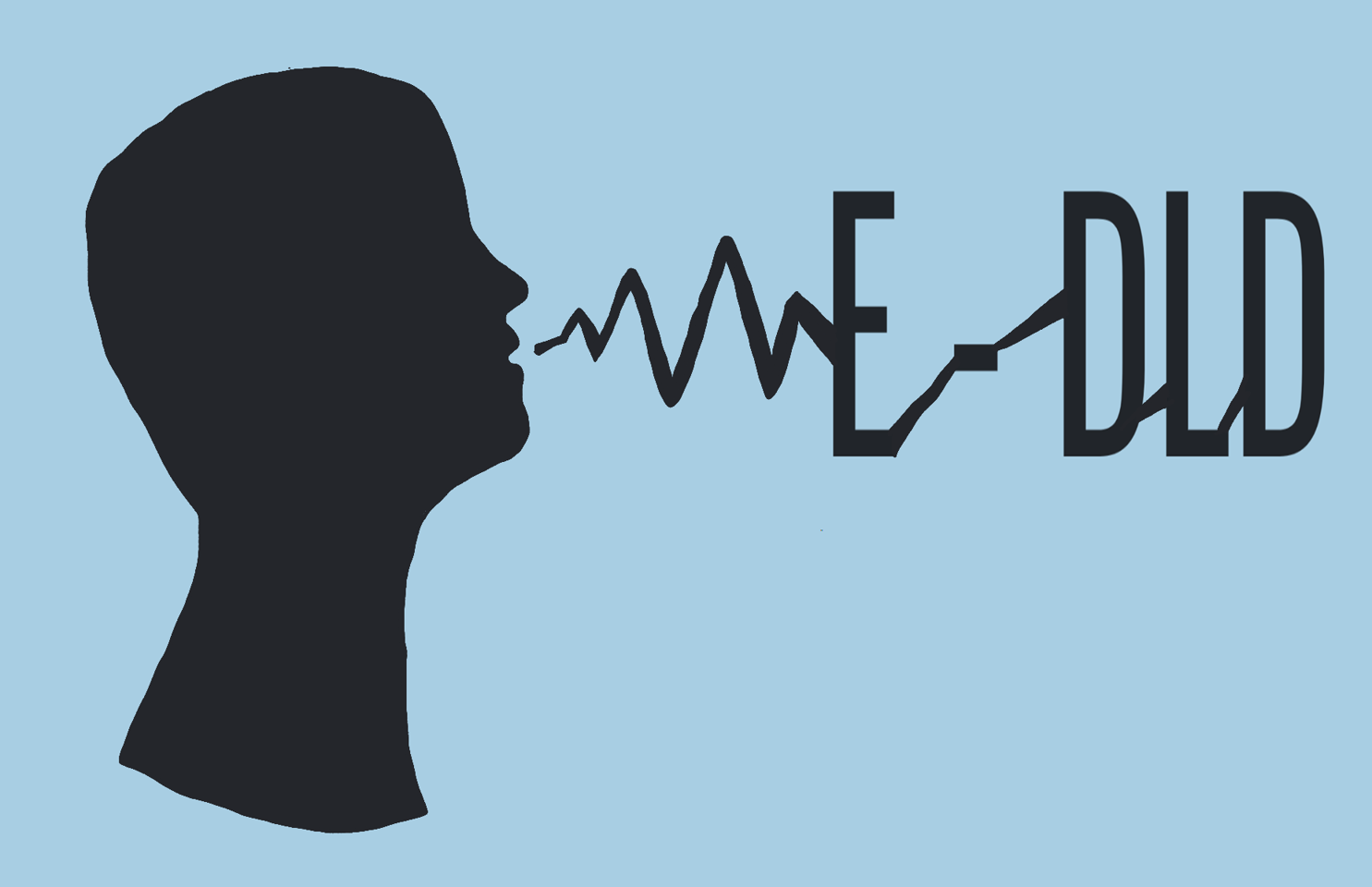




Michael Palin Centre for Stammering
The Michael Palin Centre for Stammering helps children, young people and adults who stammer through individually-tailored therapy delivered by highly experienced specialists.
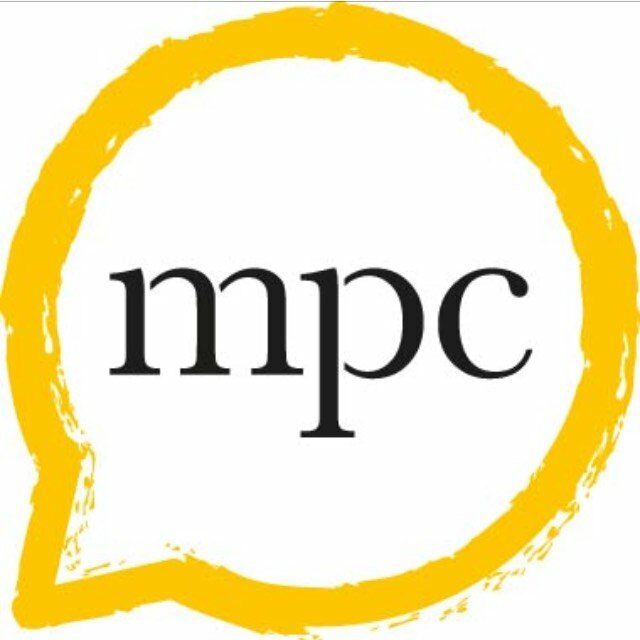




Stoke Speaks Out - Sound Development Checklist
An overview of the typical sounds children should be able to use in words at different ages.
Cost: Free
